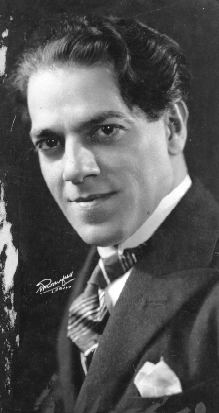Catalogue W239 Published 1987 | Genre Chôros Composed 1929 (1929): | |
 | ||
English Introduction to the Chôros: Overture | ||
Introdução aos Chôros: Abertura (Introduction to the Chôros: Overture), is a composition for guitar and orchestra by the Brazilian composer Heitor Villa-Lobos, composed in 1929 as an overture to precede a complete performance of his series of fourteen Chôros. A performance of just the Introdução lasts about thirteen minutes.
Contents
History
According to Villa-Lobos, a complete presentation of his series of Chôros should be preceded by the Introdução aos Choros and concluded by the duet for violin and cello called Chôros bis, as a sort of encore. According to the official account, the Introdução aos Chôros was composed in Rio de Janeiro and Paris in 1929 (Villa-Lobos, sua obra 2009, 27).
Instrumentation
The work is scored for solo guitar (amplified) and an orchestra consisting of 2 piccolos, 2 flutes, 2 oboes, cor anglais, 2 clarinets, bass clarinet, alto saxophone, 2 bassoons, contrabassoon, 4 horns, 4 trumpets, 4 trombones, tuba, timpani, tam-tam, cymbals, xylophone, celesta, 2 harps, piano, and strings.
Analysis
The work has the form and function of a traditional symphonic overture, anticipating the themes and other aspects of the music that is to follow. The main themes are drawn from the Chôros numbers 3, 6, 7, 8, 9, 10, 12, 13, and 14. The work ends with the solo guitar, against a soft and soothing background, playing a free cadenza that prepares for the following entrance of Chôros No. 1, "which is like the essence, the embryo, the psychological model that will be developed technically in the conception of all the Chôros" (Villa-Lobos 1972, 210).
